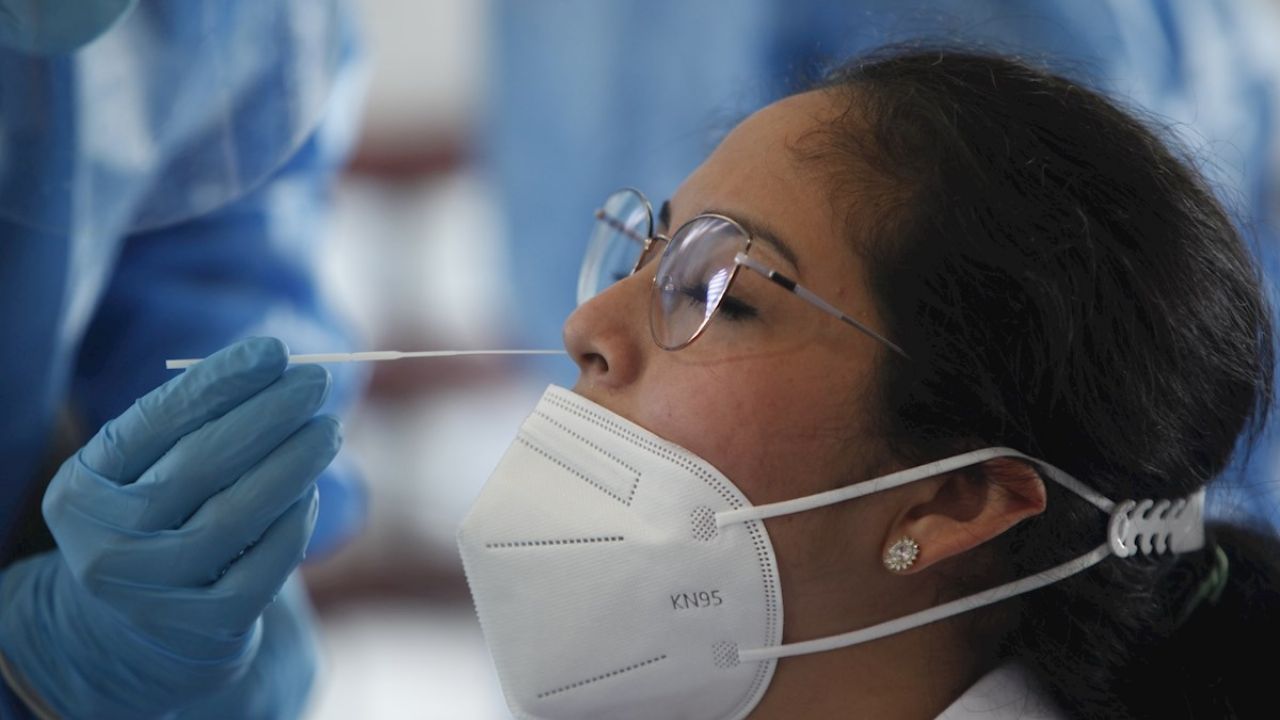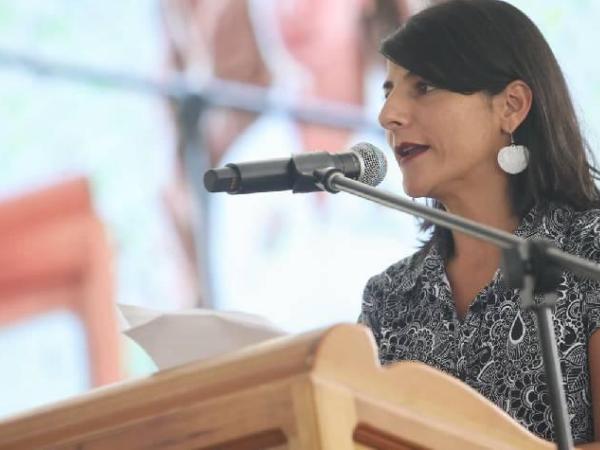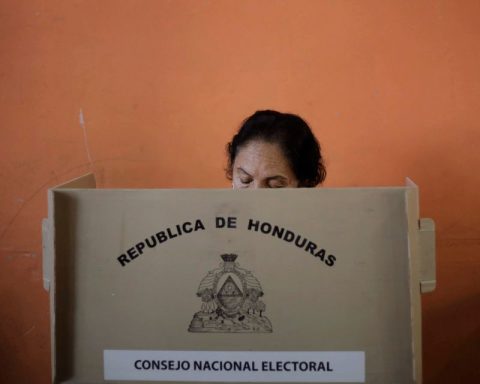Chile began the month of November with around 10,000 active cases of covid-19 and a positivity that exceeds 16%, figures very far from the decrease in infections that was seen during the first weeks of September, where a 42% decrease in the number of people affected by the virus was reported.
On that date, and with a favorable scenario, the Ministry of Health launched the strategy called “Antigen in 3 steps”which sought to complement the measures of the Plan We continue to take care of ourselves Step by Step. Likewise, on September 21, the Minsal announced that from October 1 the use of masks would be completely voluntary, except in health centers where it remains mandatory. Along with this, it was reported that the mobility pass would no longer be required.
To complement the measures, the health entity established as a priority timely access to rapid tests in order to speed up and facilitate diagnostic capacity. The tests correspond to a nasal antigen certified by the Public Health Institute that has been available since September 20 in more than 500 pharmacies throughout the country (a figure that was reported at the beginning of the strategy) for less than $3,000 pesos. .
what the specialists say
The strategy delegates to people the responsibility of carrying out a series of steps in the presence of symptoms of the respiratory virus. These are: buy the Minsal self-test kit at participating pharmacies, test yourself and self-report through a QR code that comes with the device or through the available channels of the Minsal.
According to the academic and member of the Virology Program of the Faculty of Medicine of the University of Chile, doctor Vivian Luchsingerthis antigen test results as “an element that contributes, but to the extent that it is used well”since although self-tests are easily accessible and provide rapid diagnosis, detection and reporting of cases, “they have the limitation that they are a self-report, therefore, it is limited to people actually doing the test and communicating the result. There might be people who don’t want to do it.”
Another important limitation to consider, according to the academic, is the low sensitivity of the test compared to the PCRespecially in asymptomatic people. The PCR test locates and amplifies a fragment of the genetic material which, in the case of the coronavirus, is an RNA molecule, allowing a more accurate but slower result (between 6 to 78 hours). On the other hand, the rapid test corresponds to an immunochromatography, a modern immunodiagnostic technique whose advantages are the simplicity and speed of the test by detecting antigens, that is, proteins located on the surface of the virus.
“If I have no symptoms and I have a negative result, it does not completely exclude that I may be infected (…) The sensitivity, that is, the ability to detect positive cases is lower and, therefore, there may be people infected with negative results”explained the academic from the University of Chile.
Discussion on the use of masks
In the midst of the increase in cases in recent weeks, the debate on the use of face masks was once again installed. On October 28, the head of the DDepartment of Epidemiology of the Minsal, Christian Garcíaruled out “for now” return to the mandatory use of the mask in the face of the increase in cases in the country, since the health impact is not important as in other stages of the pandemic, so its use, “Like other prevention measures, they are under constant evaluation.”
“If a variant emerged that was more lethal, more dangerous, more contagious, of course it can be evaluated, but so far and the projections that have been established, they do not have us in those terms”he added.
In any case, some specialists currently recommend the use of this tool in people with respiratory symptoms, in places of high agglomeration, in visits to long-stay centers and in means of public or private collective transport.
In addition, they recommend ventilation, vaccination and self-care measures, together with closed places making gradual adaptations to improve long-term ventilation conditions, to maintain this flexibility in sanitary measures.
“I would recommend continuing to use the mask in closed spaces”pointed out the academic of the Faculty of Medicine, Vivian Luchsinger, explaining that this measure would help reduce the risk of contracting this and other respiratory infections.


















